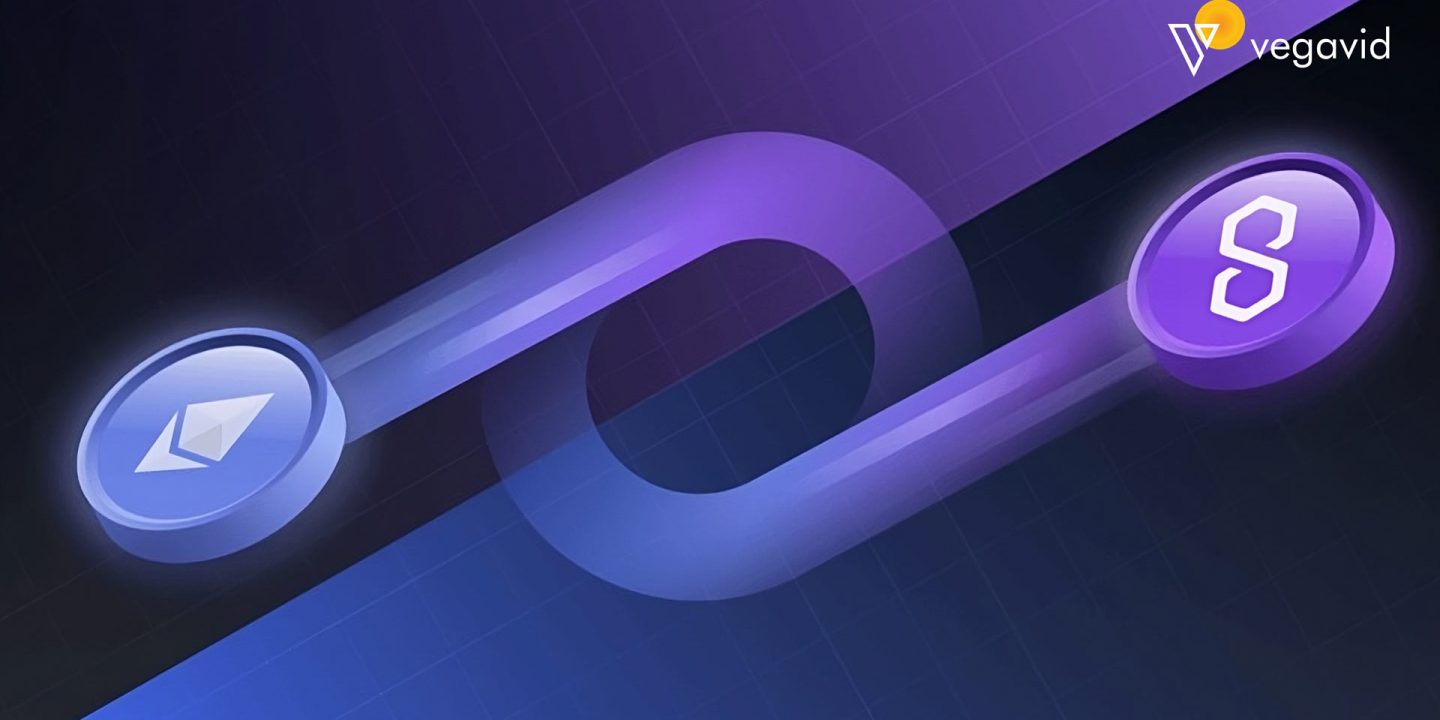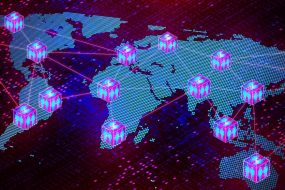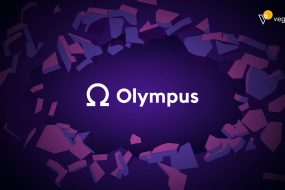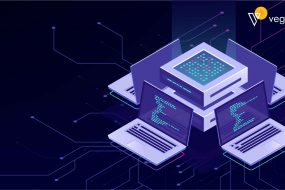
Decentralized autonomous organizations, or DAOs, are blockchain-based communities that operate autonomously using in-built governance rules. With the recent surge in crypto and DeFi, DAOs are becoming an increasingly popular mechanism for group decision-making and resource management. Creating a successful and functional DAO, however, requires careful planning and execution.
This article will outline the 10 steps needed to create a DAO, from defining the purpose and scope to conducting a security audit and launching the DAO smart contract. We’ll also discuss what crypto platform is best for building the DAO, the considerations for designing governance and token distribution models, and how to engage a thriving community around the DAO. By following these 10 simple steps and heeding some expert advice, you’ll be well on your way to building a sustainable and decentralized organization.
What is a DAO?
A decentralized autonomous organization (DAO) is an organizational model that operates autonomously and transparently through the implementation of smart contracts on a blockchain. A DAO is run by code and governed by a set of bylaws that are written into its computer protocols. There are no centralized institutions or hierarchies in a DAO – instead, decisions are made by consensus among its members using cryptocurrencies.
To create a DAO, developers typically use the smart contract capabilities of a blockchain platform like Ethereum. A DAO token is created to represent membership and governance power within the organization. Members can hold these tokens to vote on proposals, fund projects, and receive rewards or revenue generated by the DAO’s activities. The initial distribution of DAO tokens and the governance rules are coded into a DAO smart contract, which acts as its governing constitution.
DAOs aim to create organizations that are more transparent, democratic, and efficient through the use of blockchain technology. However, creating a well-functioning and sustainable DAO can be complex. Issues like token distribution, governance model design, security risks, and community engagement need careful consideration.
How to Create a DAO in 10 Steps
Define the Purpose and Scope
The first step to creating a successful decentralized autonomous organization is clearly defining its purpose and scope. This involves establishing a mission statement, goals, and objectives that are specific, measurable, and time-bound.
The mission statement should articulate what problem the DAO aims to solve in simple and concise language. It serves as a guiding light for all future decisions. The goals specify what the DAO hopes to achieve in both qualitative and quantitative terms. They translate the mission into tangible outcomes. The objectives define how and when the goals will be met through actionable initiatives and deadlines.
Select a Blockchain Platform
The choice of platform impacts aspects like security, scalability, costs, and developer ecosystem. Ethereum is the most popular choice due to its maturity, large ecosystem, and smart contract capabilities required for DAOs. Other options include EOS, Tron, Binance Smart Chain, and Polkadot. Each has pros and cons like transaction speed, fees, and smart contract functionality. The selected platform must provide the needed services like token creation, on-chain storage, decentralized governance, identity management, and infrastructure for a governance interface. The platform essentially serves as the foundation that allows the DAO to operate using the capabilities of crypto and smart contracts. Selecting the right blockchain is a foundational decision that shapes how the entire DAO is built.
Design the Governance Model
The governance model encoded in the DAO smart contract determines how the organization will operate and make decisions autonomously using crypto capabilities. The model defines:
- The tokenomics and distribution of tokens that confer voting power
- The voting mechanisms for members to propose initiatives and vote
- The thresholds required for proposals to pass
- How the outcomes of votes will be enacted
- The rules for distributing funds or rewards based on voting
Create a Smart Contract
The smart contract is foundational for a DAO. It encodes the governance model and all rules, including tokenomics and voting. The agreement is written in a language like Solidity, then deployed to the selected blockchain. Developers draft functions for:
- Minting & allocating tokens
- Allowing token holders to vote and tally results
- Executing voting outcomes
- Distributing rewards based on voting
The smart contract automates all decision-making and resource allocation within the DAO. Once written and audited for security issues, the contract is deployed, generating a unique smart contract address for the DAO on-chain. The smart contract, created through the crypto capabilities of smart contracts, represents the constitutional code that brings the DAO to life – allowing it to operate autonomously according to the programmed rules. Getting this foundational code right is critical for the DAO’s long-term success.
Conduct a Security Audit
Before deploying a DAO smart contract, a security audit is critical. An independent firm reviews the code for vulnerabilities, bugs, or exploits that could compromise the DAO. Given smart contracts are immutable, post-deployment issues are expensive or impossible to fix. Auditors examine the code for issues like reentrancy bugs, integer overflows, and access control. They simulate attacks to identify issues. Though time-consuming, an audit is indispensable for preventing devastating exploits that could compromise the DAO.
Even minor bugs in the governing code could have disproportionate impacts. A proper audit significantly reduces risks associated with a vulnerable smart contract powering the DAO. An audit gives confidence the code functions securely and as intended when deployed, empowering the DAO through the capabilities of crypto and smart contracts.
Launch the DAO
Once audited and approved, the DAO smart contract is ready for deployment to the blockchain, effectively launching the DAO and bringing it to life. Developers use applications to interact with the blockchain, submitting the compiled code. This creates a unique smart contract address, representing the DAO’s on-chain identity. All future DAO actions will be associated with this address. Through its smart contract’s launch, the hypothetical DAO now exists as a decentralized organization with crypto capabilities.
Members can immediately utilize the smart contract’s functions according to the DAO’s defined rules. Deploying the smart contract to the blockchain brings the DAO to life through crypto and smart contract capabilities. The generated smart contract address represents the DAO’s on-chain identity and locus of all future interactions.
Token Distribution
Token distribution lies at the core of a DAO. Tokens represent membership, governance, and economic rights. The DAO smart contract contains functions to mint tokens according to the tokenomics rules. The initial distribution model could be a token sale, airdrop, merit-based allocation, or a combination. How tokens are initially distributed impacts: the balance of power among members, incentives to participate, distribution of future rewards, token liquidity, and price.
Since tokens confer voting power proportionate to holdings, the initial distribution also impacts decentralization within the DAO. The initial distribution, performed programmatically through the crypto capabilities of smart contracts, sets a basis that shapes how the DAO functions. Getting this allocation correct can determine the DAO’s long-term viability.
Implement a Governance Interface
While the DAO smart contract enables autonomous governance, members still need an interface to participate in using crypto. An interface allows members to propose initiatives, vote, monitor tokens/power, interact with the community, and receive updates. Options include:
- A website for accessibility
- An app for on-the-go use
- A governance portal securely integrating with the smart contract
- Interacting directly on-chain through a wallet.
The chosen interface must securely connect and trigger functions within the governing smart contract. Though the smart contract enables governance, an interface is necessary for members to participate and make decisions using crypto. A well-designed interface can improve the experience, lower barriers, and enable decentralization within the DAO through broader participation.
Engage and Grow the Community
The initial members are key evangelists to reach a critical mass. Social media, forums, and events introduce the DAO to potential members. The governance interface and participation incentives enable members to contribute meaningfully. Transparency into the DAO’s operations, progress, and use of funds builds trust.
On-chain governance gives members a stake in the DAO’s success. Over time, the community may grow organically via word-of-mouth as the DAO delivers on its objectives. Long-term sustainability depends on an expanding and engaged community that finds value in participating – empowered by the crypto capabilities afforded by the DAO’s design.
Iteration and Improvement
As decentralized autonomous organizations operate and serve their intended purpose, they gain real-world experience that reveals opportunities for improvement. Iteration and refinement of the DAO’s design – from tokenomics and governance to the smart contract itself – are necessary for long-term viability. Members can propose updates to voting mechanisms, reward allocation models, and other policies through the governance interface. On-chain governance powered by crypto gives the agility for the DAO to adapt and evolve based on feedback.
Regular reviews of the DAO’s performance ensure objectives remain aligned with its purpose as the context changes over time. What initially seemed optimally designed may need to be revisited frequently as a DAO matures. Iteration and improvement thus become ongoing, built into the DAO’s governance model from the start using crypto capabilities.
Things to Consider Before You Create a DAO
Here are some important things to consider before creating a decentralized autonomous organization:
- Purpose and mission – Have a clear and well-defined purpose for the DAO. What problem does it aim to solve? What will it accomplish?
- Governance model – Carefully design a governance model that is fair, decentralized, and can evolve. This will determine how the DAO operates and makes decisions autonomously.
- Regulations – Research applicable laws and regulations. DAOs operate in a legal gray area currently. Consider potential compliance requirements.
- Security – Conduct a thorough security audit of the smart contract before deployment. Address any potential vulnerabilities to reduce risks of exploits.
- Community development – Think about how to attract and engage an active community of members. This will be key to the DAO’s long-term success. Use forums, social media, events, etc.
Conclusion
Creating a successful decentralized autonomous organization requires careful planning, proper execution, and an adaptable, long-term vision. Following the 10 steps outlined in this article provides a solid framework and roadmap for launching a functional DAO. However, one of the most important takeaways is that these initial plans are unlikely to be optimal forever.
The keys to a sustainable DAO lie in flexibly iterating and improving over time based on real-world experience, and in creating proper incentives and governance that allow the community to guide that evolution. The capabilities of crypto and smart contracts give DAOs immense power but also come with risks if not properly designed and managed from the start. With great promise also comes great responsibility for DAO architects and founders to prioritize aspects like security, fairness, transparency, and adaptability during creation.











